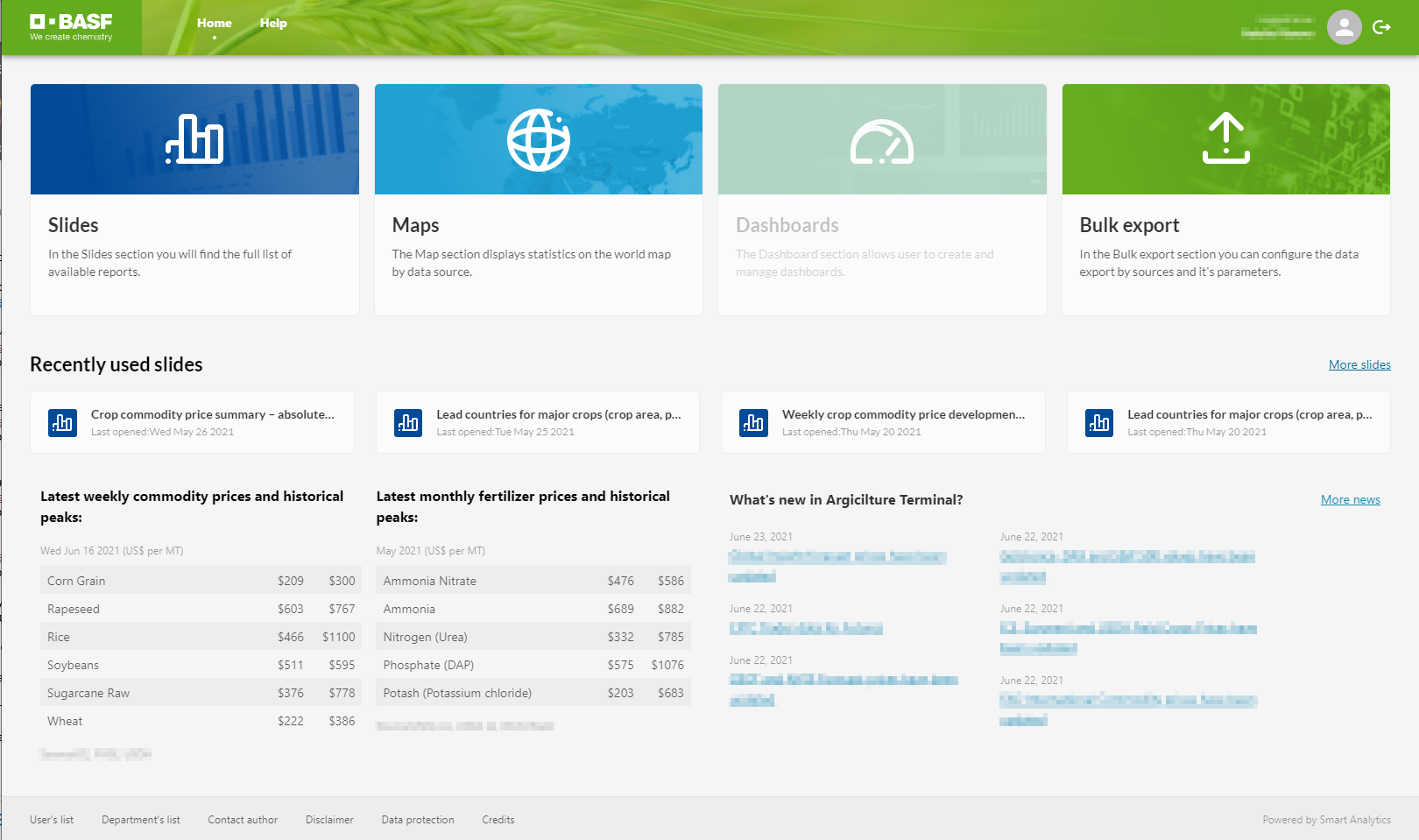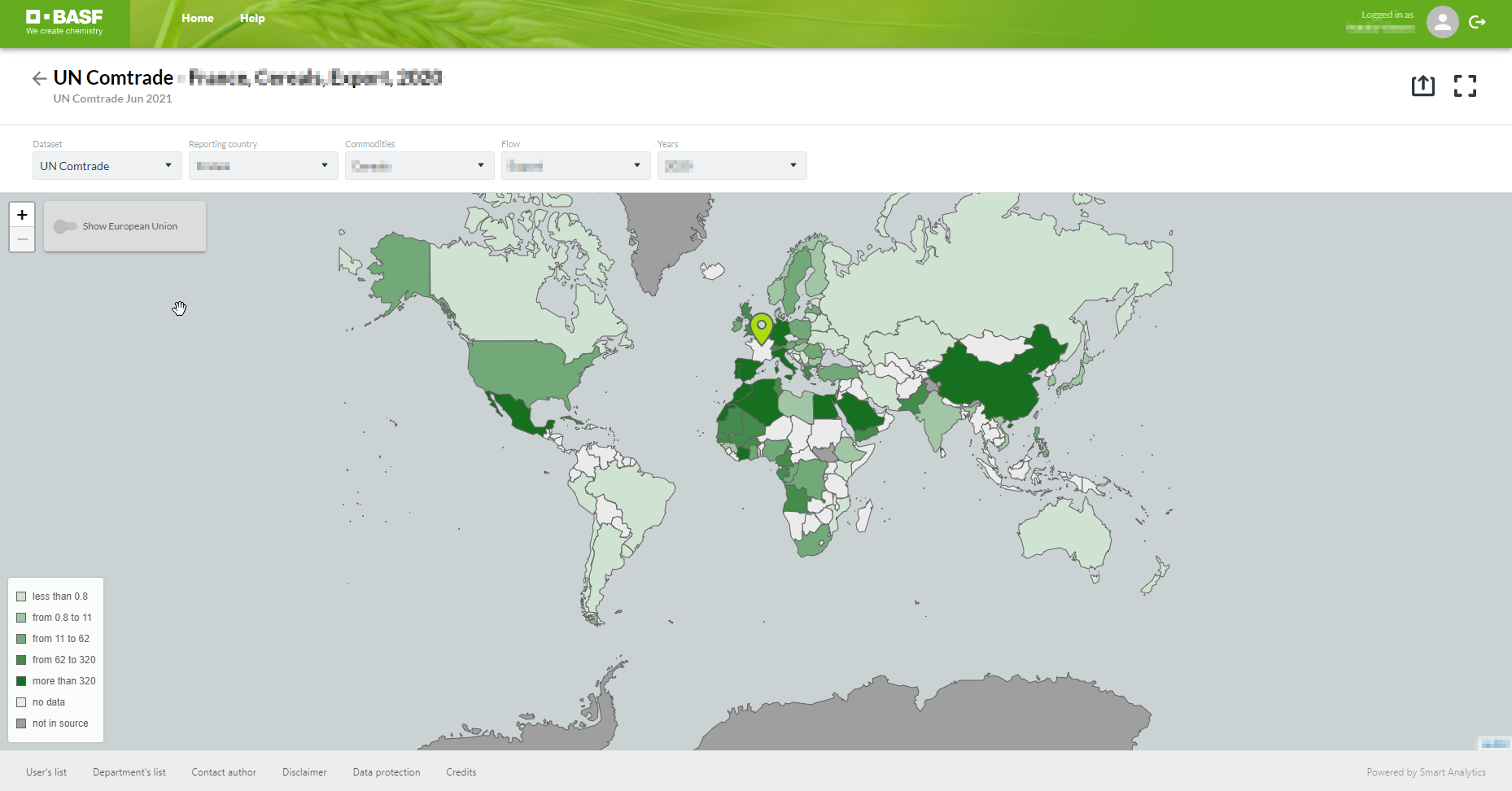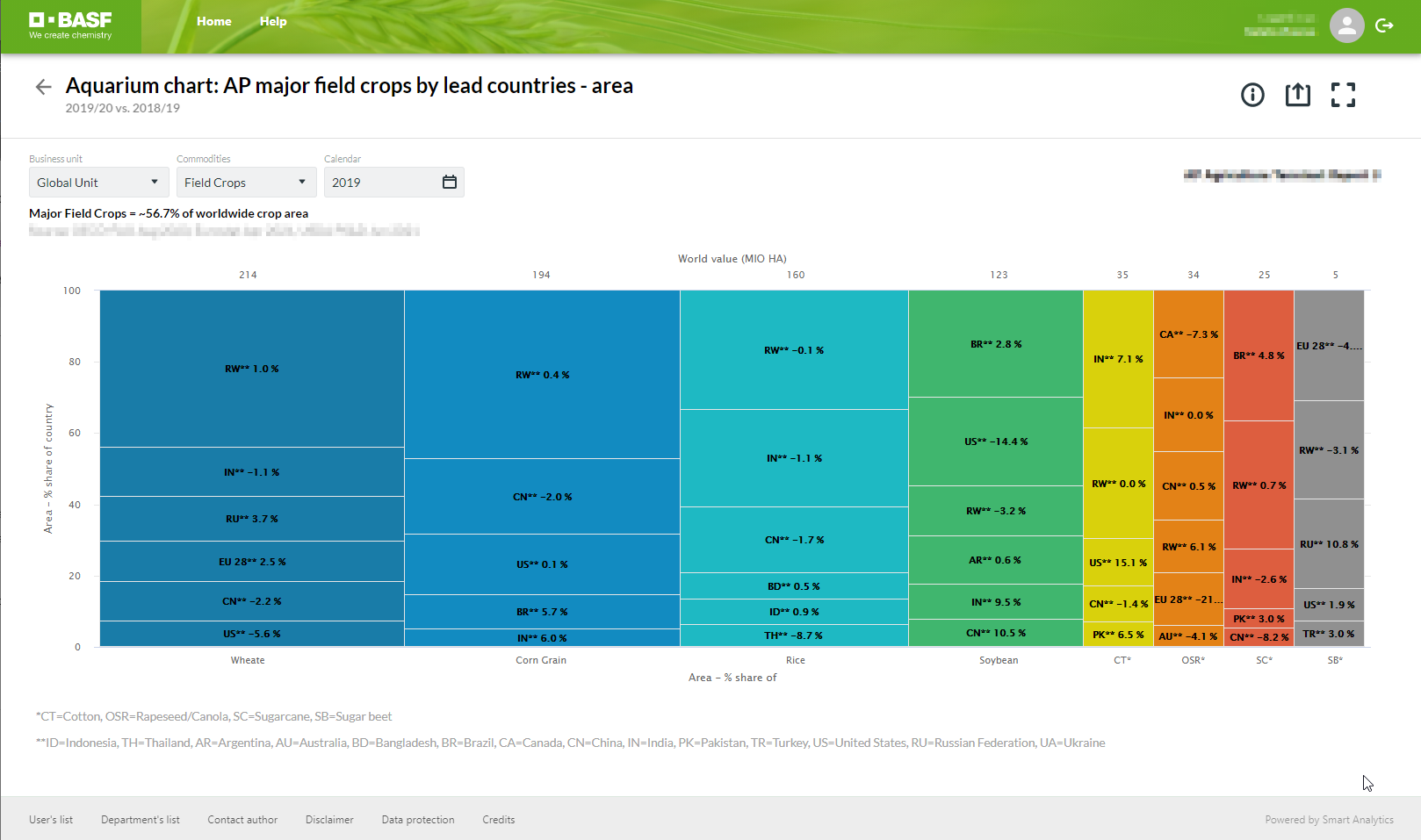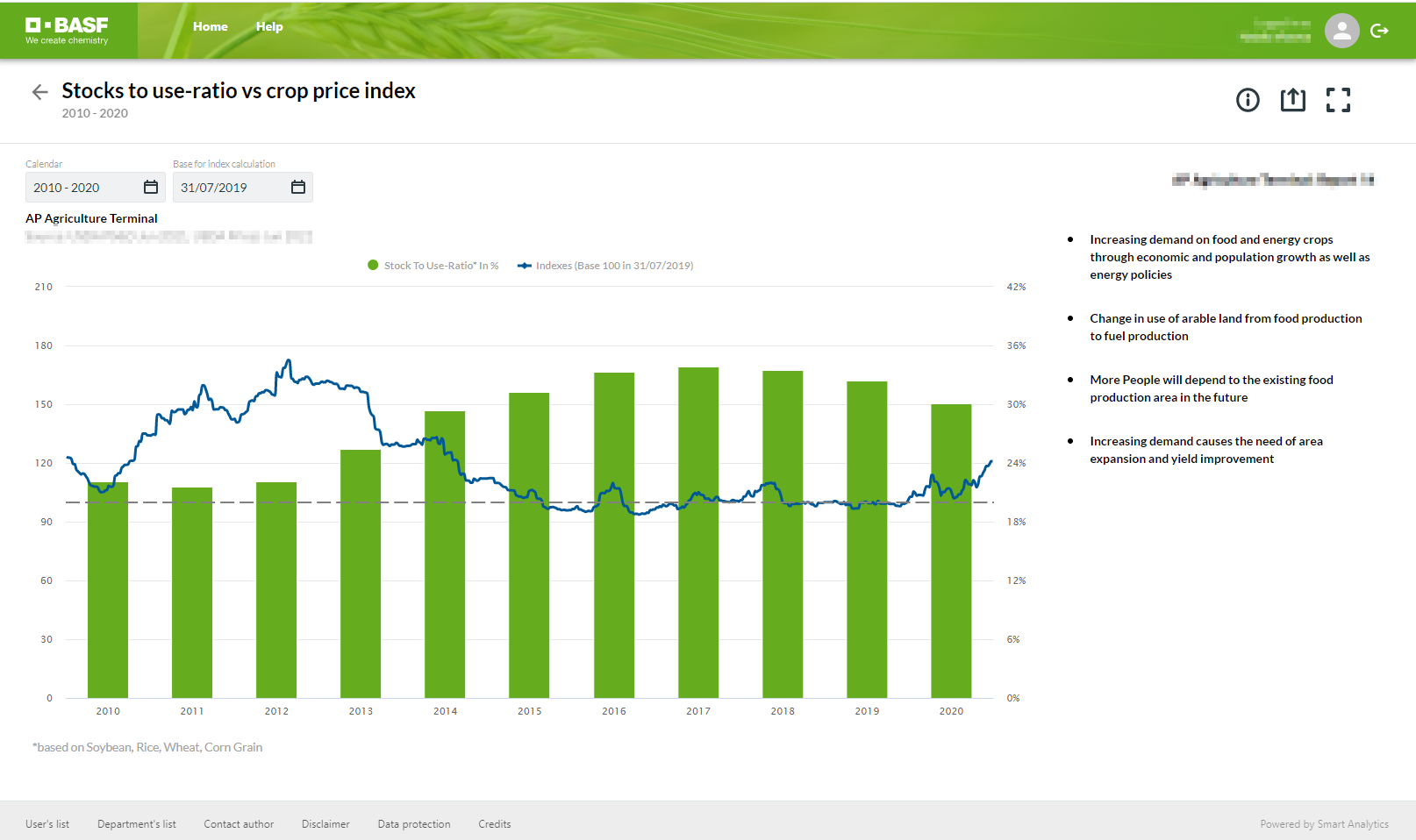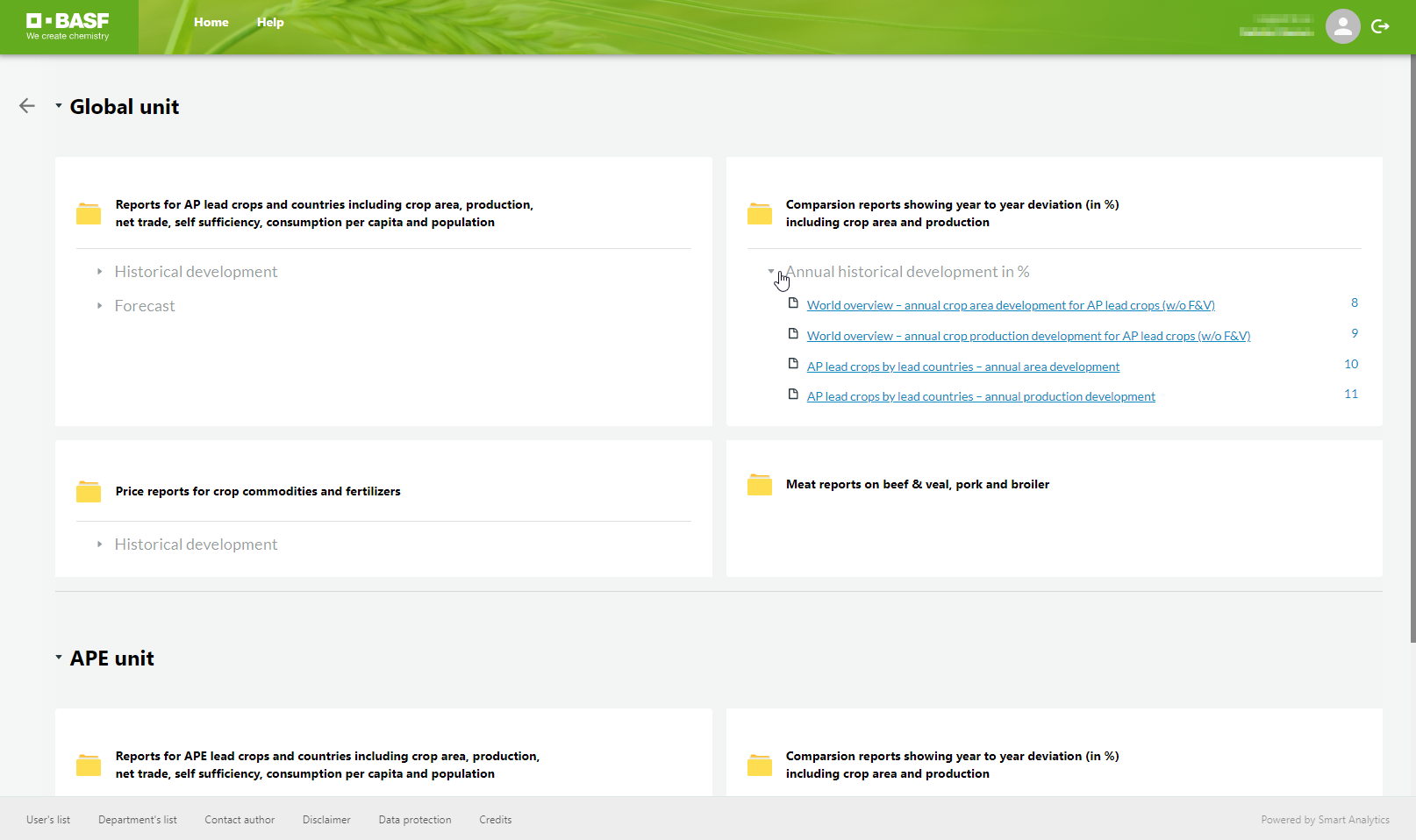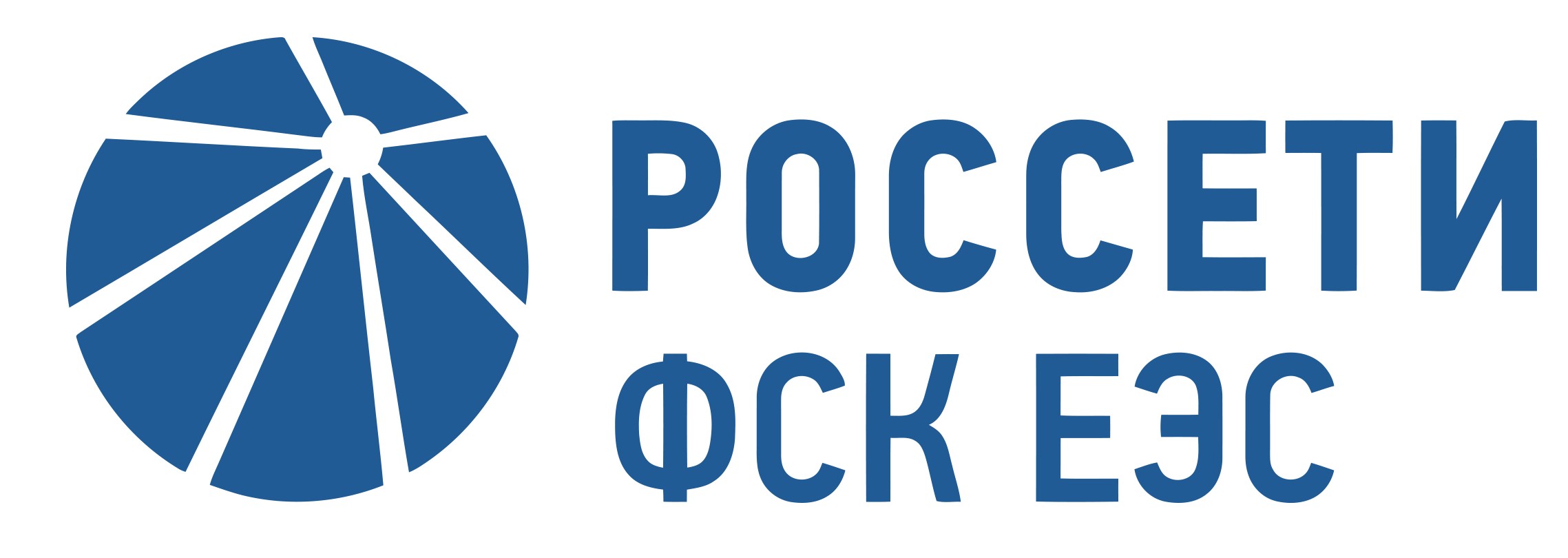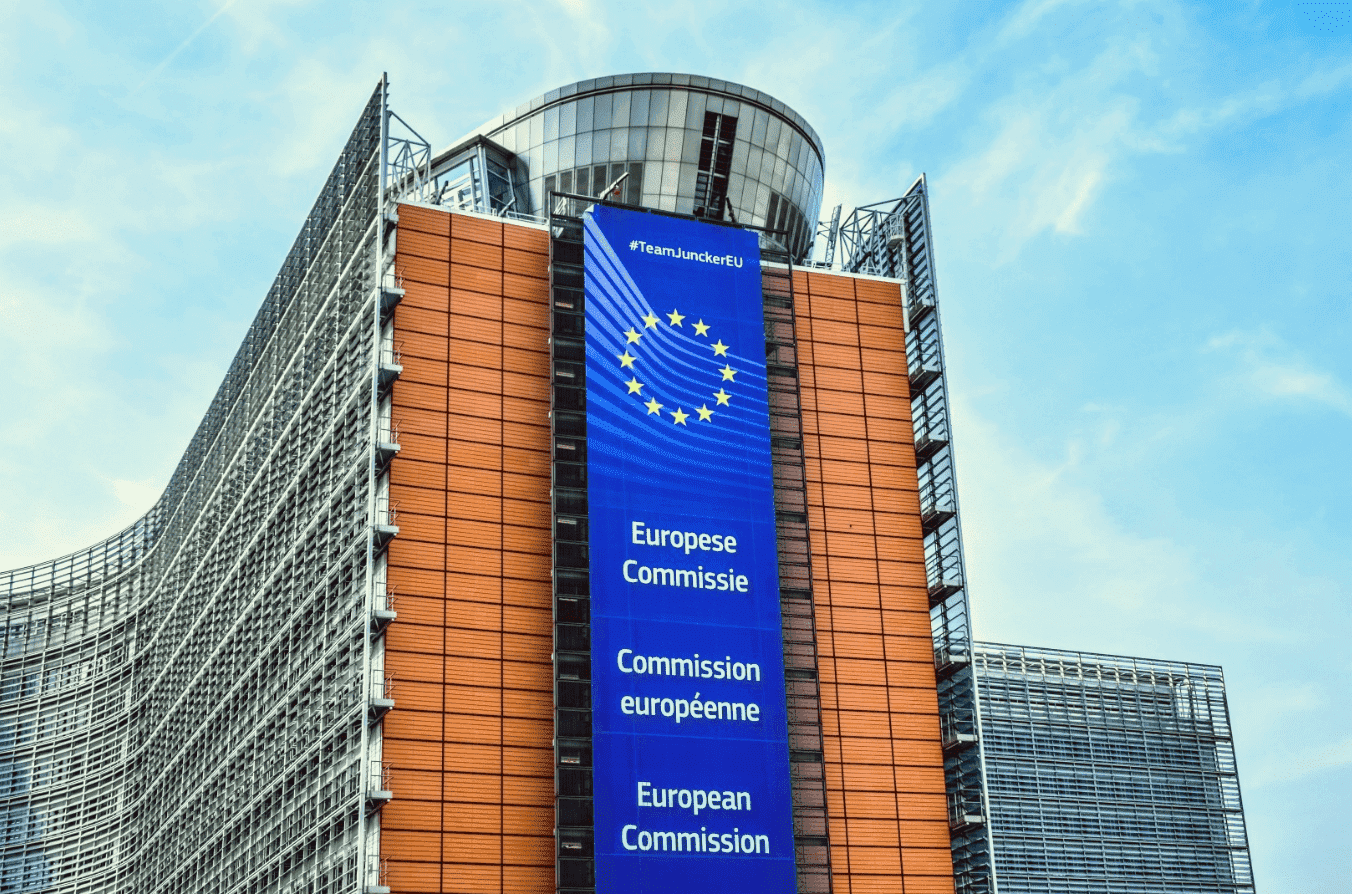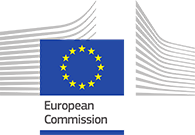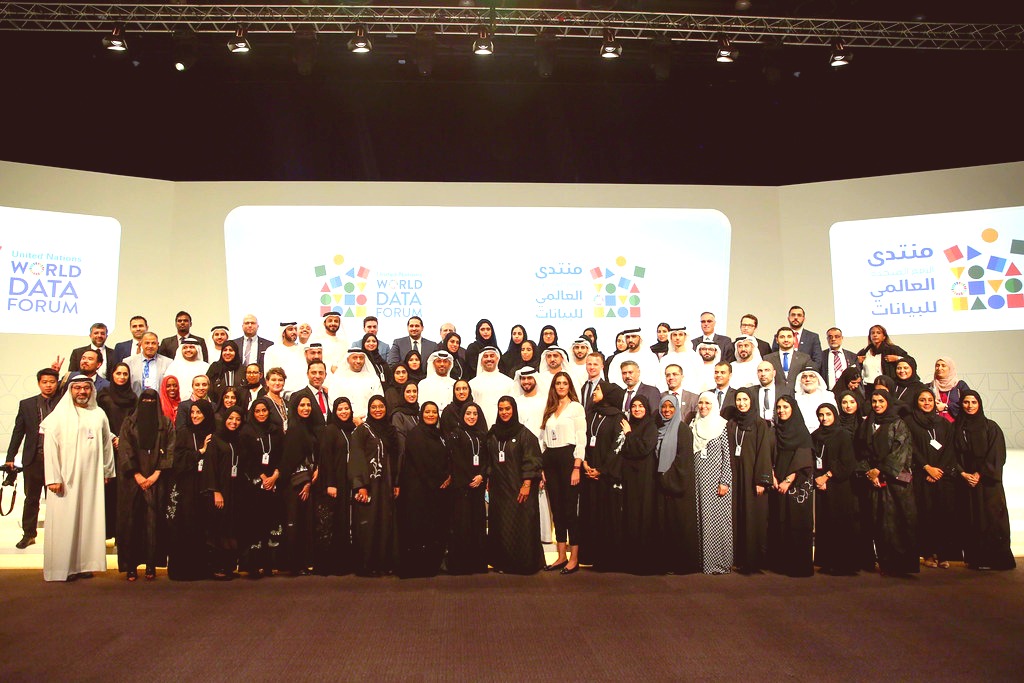Challenge
The Agricultural Terminal solution has been developed for internal use at BASF’s Agricultural Solutions division.
Global market research analysts from the strategic marketing department are the direct users of the system. They prepare materials on the current situation and dynamics on the main markets which are consumers of the BASF agricultural products such as crop protection and seeds.
Research results are submitted to key stakeholders – regional and national business management responsible for identifying a global development strategy on certain geographical markets.
The main problem of the customer before using the system was the fact that, in order to develop strategies and make managerial decisions a joint analysis of data from multiple sources using various item directories which were published at different dates was required.
In particular, analytical materials prepared by business users are based on data from various sources: international organizations, statistical agencies, and commodity markets. Their classifiers differ from source to source (in terms of commodity directories, countries, measures, currencies, seasonal adjustments). For example, USD per bushel of corn against EUR per metric ton, or soft wheat per ton against regular wheat per metric ton. Harmonization of such classifiers was time-consuming and required considerable manpower.
Moreover, with the data published at different dates, analytical materials prepared in advance must be updated by hand. Besides, some data sources do not have the function of reference to historic data which are also instrumental in proper analysis.
